As we usher in a new year, there’s lots to be excited about in the cruise industry for 2025. We’ve got the summer debut of Royal Caribbean’s second Icon-class ship Star of the Seas, as well as Princess’ second Sphere-class ship Star Princess. Disney Cruise Line has some major changes to cruising this year as well: the upcoming launch of not one, but two ships — including mega ship Disney Adventure. Two new private destinations in the Bahamas will be opening in 2025: Carnival’s Celebration Key and Royal Caribbean’s Royal Beach Club.
But along with the exciting changes come a few disappointing ones as well. We’re rounding up ten disappointing changes to cruising that you need to be prepared for in 2025.
BIG CRUISE CHANGES FOR 2025
Disappointing Changes to Cruising in 2025
1. Norwegian Cruise Line discontinues the Premium Plus beverage package
Last year, NCL ditched its Free at Sea promotion for a new included package called More at Sea. And while More at Sea actually does have more inclusions than Free at Sea, there is one change that has upset many NCL cruisers: the discontinuation of the Premium Plus beverage package (and the upgrade to Free at Sea Plus).
More at Sea still includes what NCL calls an “unlimited open bar,” which is the line’s Premium beverage package. It includes more premium brands than before, and there’s no longer a $15 drink cap. This package continues to not include bottled water and Starbucks drinks. However, in the past guests were able to either upgrade to the Premium Plus package or purchase it outright. That package did include bottled water and specialty coffees. Now, that package no longer exists.
This means that those who want a bottled water or Starbucks package will have to buy them separately. NCL offers multiple sized cases of bottled water ranging from $20 to $50. The Unlimited Starbucks Package costs $16.50 per person, per day. This is a disappointing change for those who would have taken advantage of the Premium Plus package for the bottled water and Starbucks benefits. They now either have to add an extra package to their vacation or buy these drinks a la carte.
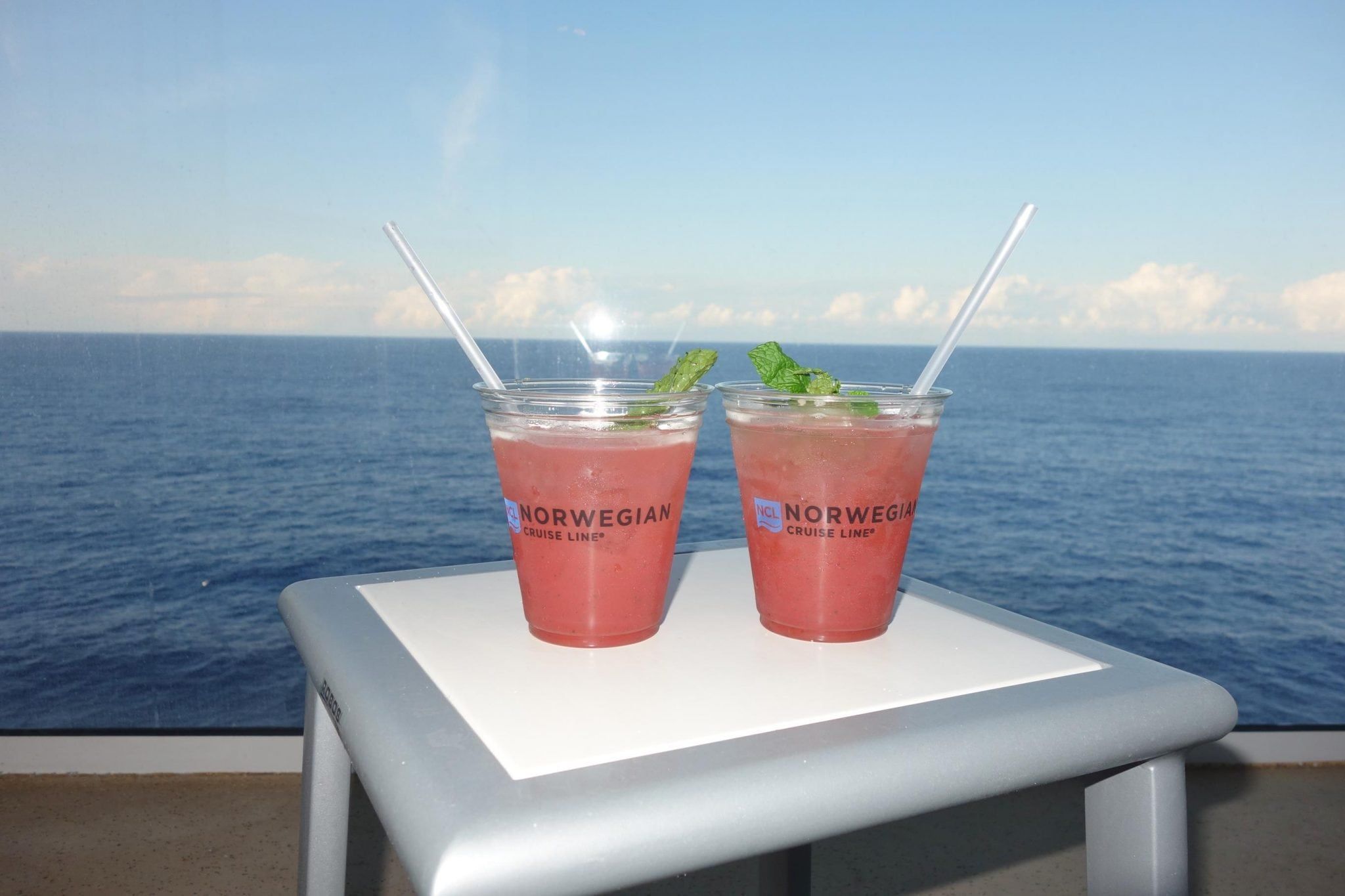
2. New per-person cruise tax in Mexico
In 2024, the Mexican government announced that it would be implementing a tax for anyone visiting the country via cruise ship. And it’s not a small forgettable amount — it’s $42 per cruise passenger, and applies whether you get off the ship or not. Originally, the tax, which is called the “Non-Resident Fee”, was scheduled to take effect on January 1, 2025. However, it’s recently been delayed to July 1, 2025.
Though this fee seems out of left field, it’s already been in place for those who are visiting via airplane. Most travelers don’t realize this because airlines roll it into the price of the airfare. When the fee goes into effect for cruisers, cruise lines will likely roll the price into the fare as well. However, this isn’t great for cruise lines or their passengers.
The fee was passed in the Mexican Senate this past fall, and came as a surprise to the cruise industry. By the time it was announced, cruise lines had already sold a large chunk of their mid-late 2025 inventory. So, the lines themselves will be on the hook for the new fee.
On the guest side, though the $42 doesn’t seem like a deal-breaker, it could be enough to sway some people from itineraries that include that country. If you’re a family of four cruising to Mexico, it’ll cost an extra $168. Those who are on a tight budget may be inclined to pick a different cruise itinerary, or choose not to cruise at all. These reduced numbers of passengers on Mexican itineraries would then negatively impact the economy of the port communities the ships visit.
The good news is that the tax is per itinerary, not per port. So if your cruise visits multiple Mexican ports, the $42 is only charged once per person.
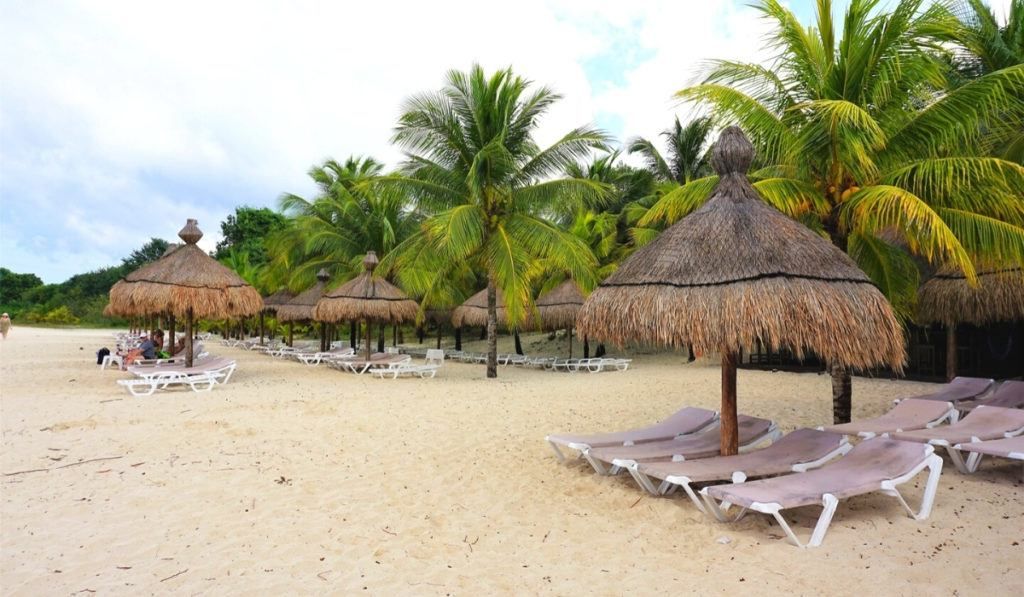
3. A reduction in cruises to Australia
While pretty much all of the major cruise lines — along with many luxury brands — offer cruises in Australia, it’s not the most lucrative market for the cruise industry. Factors like economics, lack of interest, and limited itinerary options keep cruising in Australia and New Zealand less popular than it is in North America and Europe.
Because of these factors — as well as other reasons — many cruise lines have implemented changes to cruising in Australia by reducing their presence there. For example, Princess Cruises, which is one of the most popular lines in Australia, pulled Grand Princess from Australia for a previously-scheduled 2025-2026 season there. That leaves just two Princess ships in the region: Crown and Discovery Princess. As well, early last year Virgin Voyages canceled its 2024-2025 Australia season aboard Resilient Lady.
Cunard’s ship Queen Elizabeth is currently in Australia for the winter, and was there for the 2023-2024 season as well. However, the line has said that it will not be offering an Australia program in winter 2025-2026. Further, Carnival Corp. is sunsetting the P&O Cruises Australia brand in March 2025.
While it’s understandable that cruise lines position their ships in the markets that are most favorable for them, it can be disappointing for cruisers. It means that both locals and visitors alike have less choice when it comes to exploring the region, both in ship inventory and itinerary options.
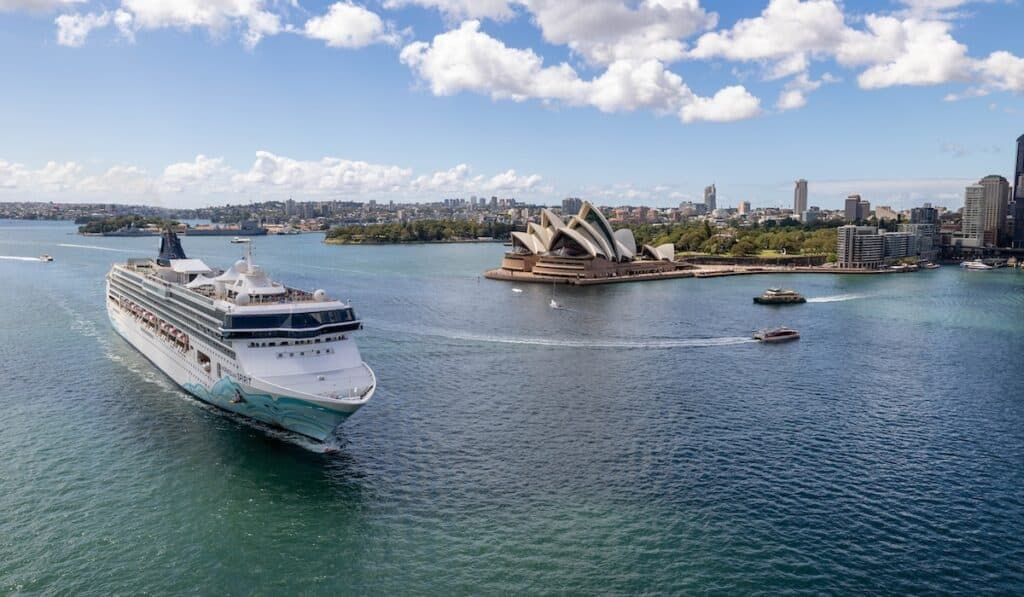
4. More large ships = more crowding in ports
While many travelers are fans of the largest cruise ships in the world, enjoying a plethora of activities, restaurants, and hangout spots to choose from, drawbacks come with such massive vessels. These include a huge number of passengers (though ships are good at spreading everyone out), an overwhelming number of choices for what to do and eat, and the long distance and time it takes to walk to different parts of the ship.
Though, the drawback that we’re focusing on here is overcrowding in ports. The larger cruise ships get, the more people are getting off one of the ships that takes up a berth in port. And in smaller ports where populations could possibly double in size when two or three ships come to town, a massive mega ship can make a real difference.
This is also true of cruise lines’ private islands. For example, if two medium-sized Royal Caribbean ships dock at its island Perfect Day at CocoCay on the same day, it’s crowded but not overcrowded. But if two Oasis class ships visit simultaneously, the port could easily be welcoming 10,000+ people at once — not counting staff and crew. That’s a lot of people for a 125-acre island.
With lines like Royal Caribbean, Carnival, MSC, and Princess continuing to build their largest cruise ships ever, the port overcrowding problem is only going to grow.
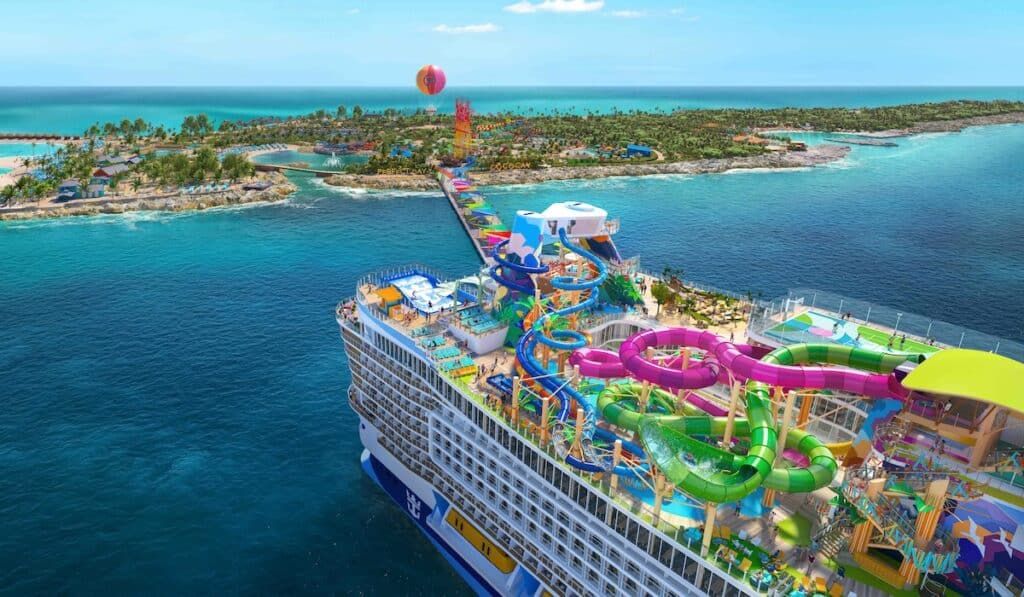
5. New visa requirements for visiting Europe
In mid-2025, changes to cruising will be coming for travelers visiting many countries in Europe. The European Union will be enacting a new visa for citizens of countries that currently can visit the Schengen Area without one.
The visa, called the European Travel Information and Authorization System (ETIAS), will apply to those from countries including the United States, Canada, Mexico, the United Kingdom, and Australia. This means that once the visa requirement is activated, cruisers from applicable countries will need it to take a cruise that visits countries within the Schengen Area. These include popular Mediterranean destinations such as Greece, France, Italy, Spain, and Portugal. It also includes northern Europe countries like Norway, Finland, Germany, Iceland, Sweden, and the Netherlands.
While a travel visa like the ETIAS isn’t a big deal, it just adds another item to the pre-cruise “to-do” list and is another thing to keep track of. The good news is that it’s an electronic visa that can easily be submitted online, and will cost under $10 per person. Even better news: while the ETIAS is required for all ages, only those between the ages of 18 and 70 need to pay the fee. It’s free for minors and seniors over 70.
Similarly, U.S. citizens also now need an Electronic Travel Authorization (ETA) to transit through or travel to the U.K. as of January 8, 2025.
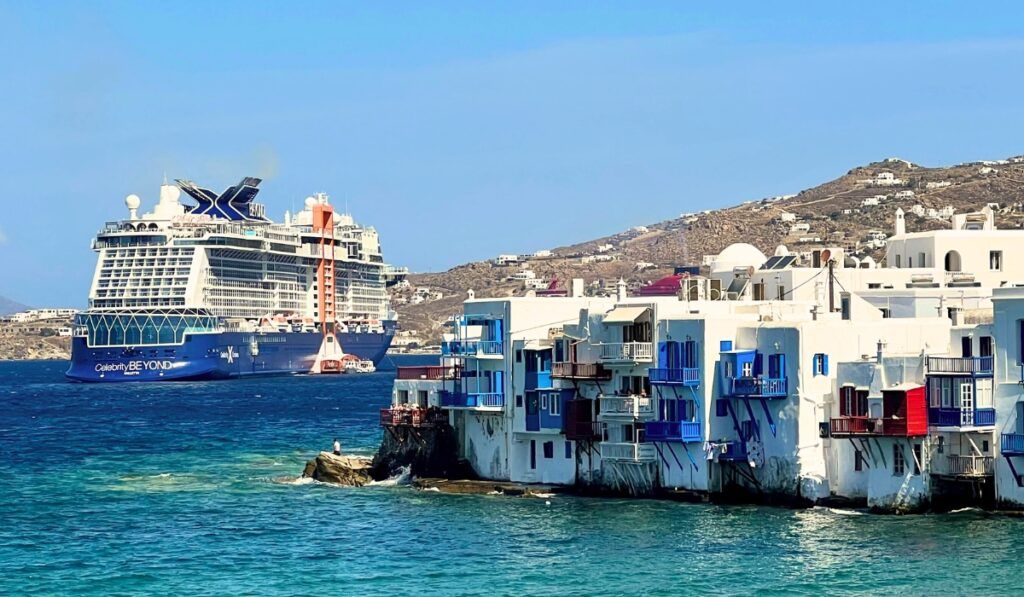
6. MSC places limit on alcoholic beverages
In December 2024, MSC Cruises announced that it was placing a limit on drinks for those with a beverage package. To be specific, the line is now limiting alcoholic beverages acquired through the beverage package to 15 per day. This cap is similar to Carnival Cruise Line’s limit on alcoholic beverages per 24-hour period, which is also 15.
However, there is a big difference. Carnival limits guests who have purchased its Cheers drink package to 15, and they cannot purchase any alcoholic drinks beyond that limit — even if they’re willing to pay a la carte. This is presumably to cut down on intoxication levels. However, MSC allows guests to purchase drinks a la carte beyond their limit. This indicates that MSC’s decision to cap the package has more to do with money than drunkenness.
The great news is, neither Carnival nor MSC’s drink packages have a daily limit on non-alcoholic drinks. This means that you can have as many sodas, specialty coffees, and bottled water as your heart desires.
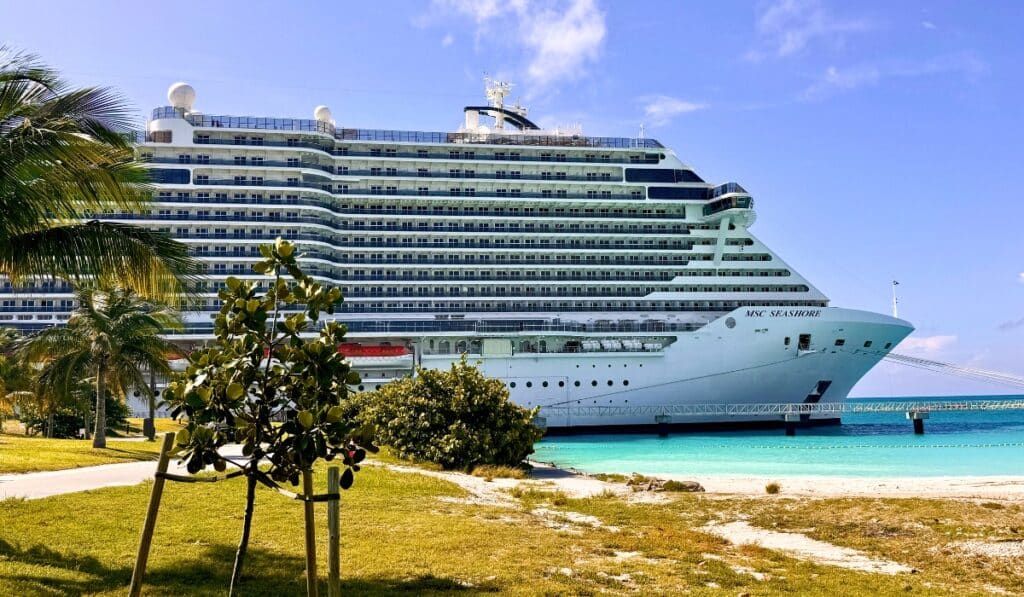
7. More stops at cruise line private destinations
Depending on the type of cruiser you are, this could be a pro or con. But the disappointment for many grows as cruise lines continue to add new private destinations to their portfolios and include them on itineraries at the expense of other ports — particularly in the Bahamas and Caribbean.
Last year, Disney Cruise Line opened its second private destination, Lookout Cay at Lighthouse Point. In the pipeline are multiple new beach clubs for Royal Caribbean (the first of which is set to open on Paradise Island this December) and a new private destination on Grand Bahama Island for Carnival called Celebration Key. This is in addition to an already robust collection of private islands and destinations for cruise lines. These include Great Stirrup Cay (NCL), Ocean Cay (MSC), Labadee and Perfect Day at CocoCay (Royal Caribbean), Half Moon Cay (Holland America/Carnival), and Princess Cays (Princess), among others.
Further, multiple cruise companies are currently renovating and adding new experiences to their private destinations. These destinations include Half Moon Cay, Great Stirrup Cay, and Perfect Day at CocoCay.
As these destinations are enhanced, cruise lines have the demand and capability to port more and larger ships there. Some large lines boast that some of their ships in the Caribbean operate itineraries that all call to one of their own properties.
Some cruisers love private destinations and welcome calls there. They like staying in the cruise line’s “bubble” and enjoy the amenities there created specifically for cruise passengers. It can make planning a day easier, especially as they’re often used by guests as relaxing beach or pool destinations. However, many people cruise to experience lots of local cultures and experiences all in one trip, and may not find the authentic experiences they’re craving during a call to a private cruise line destination.
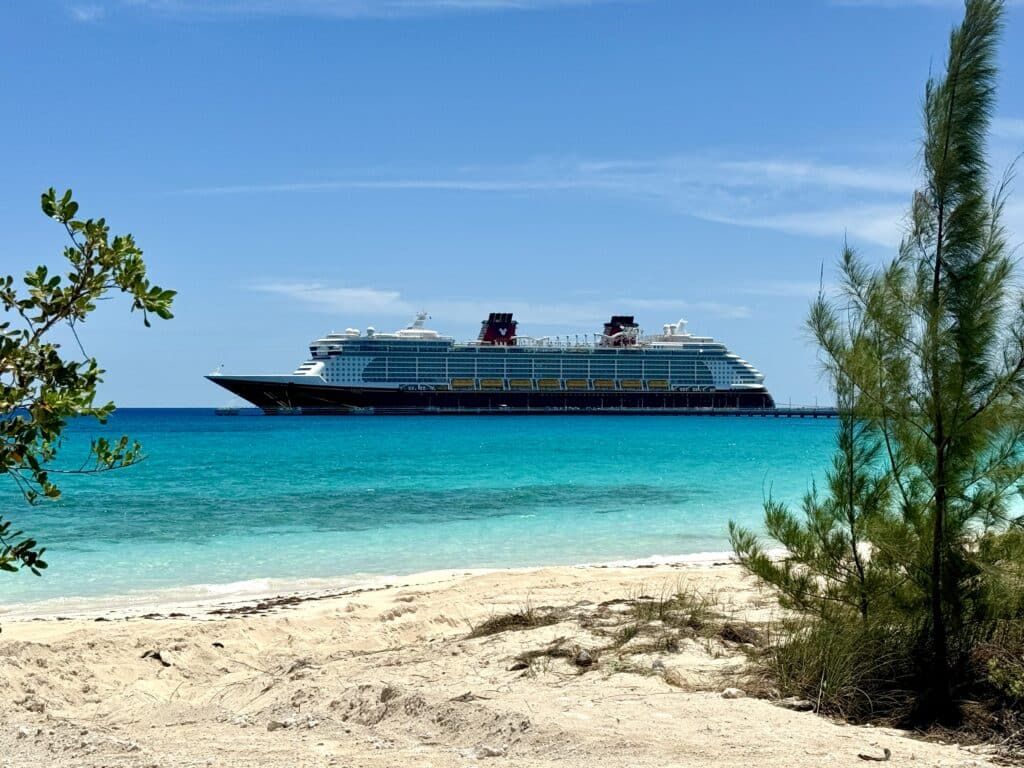
8. Increased gratuities and drink package prices
As time goes on, prices go up — it’s just part of life. But that doesn’t mean it can’t be disappointing and annoying, especially when it comes to things that you can’t really control like cruise gratuities. 2024 saw several cruise lines increase the cost of daily gratuities including Royal Caribbean, Holland America, and Princess. While the incremental increases are usually only by 50 cents or a dollar, this can add up — especially if you’re sailing as a family on a longer cruise. It just adds the need for extra money in your vacation budget.
Similarly, drink package prices are on the rise — some significantly. Carnival, for example, previously charged $59.95 per person, per day for its Cheers beverage package if purchased prior to the cruise. Last month, it increased the package price by a whopping 16 percent to $82.54 per day. Princess Cruises increased the price of its inclusive Premier Package, which includes a drink package, by $10 from $80 to $90 last year — though it did add more inclusions with that increase.
As the cost of operating a ship and buying supplies and ingredients inflate, so do the prices. And that extra cost is passed down to the passengers, meaning some will have less spare cash for their vacations going into this year.
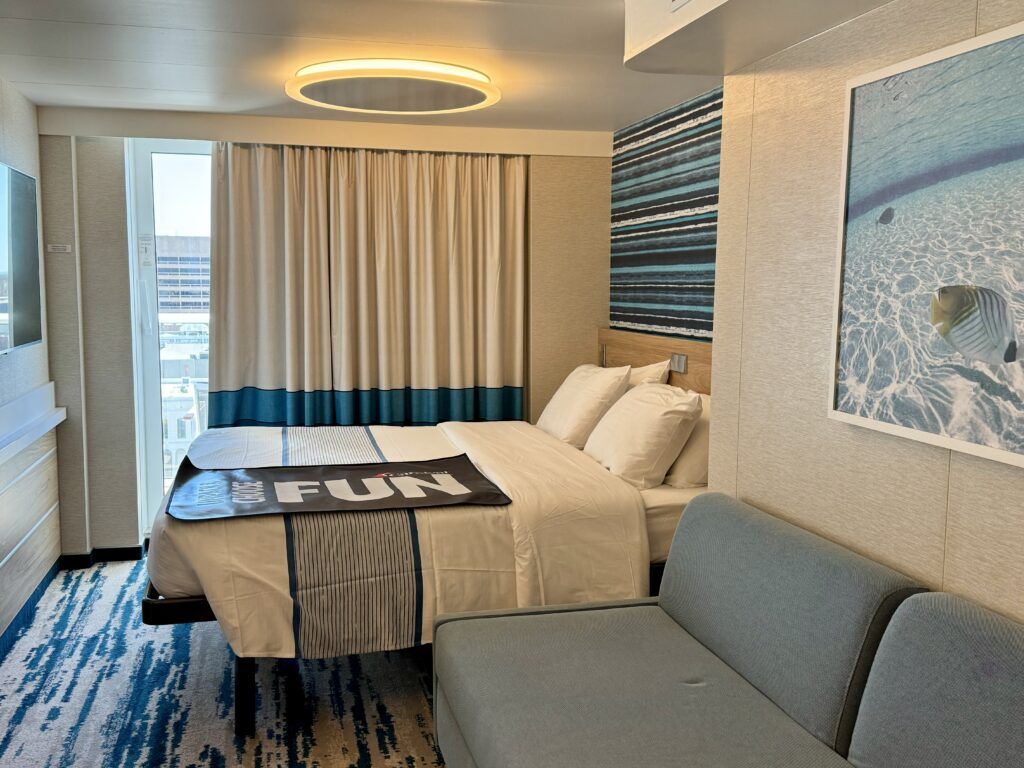
9. Lots of upcharge restaurants onboard
Specialty restaurants are nothing new to cruise ships; their popularity on ocean liners dates back to the 1910s. For decades, cruise ships may have had only one or two specialty restaurants, one of which was often a steakhouse. Now, as cruise ships are built larger and larger, there’s more room for a plethora of upcharge dining options.
Most specialty restaurants are upscale evening restaurants, serving cuisines ranging from Mediterranean and Asian to Italian and Brazilian. Some venues offer live music such as the Supper Club on Royal Caribbean’s Icon class ships or the country band at Q Texas Smokehouse on Norwegian Cruise Line. Others are part of an entire dinner experience such as Spellbound on Sun Princess or Royal Railway Utopia Station on Utopia of the Seas.
But more recently, cruise lines have been adding more casual options to their selection of upcharge restaurants. For example, in 2023 Princess Cruises added a set-price fee to its sit-down pizzeria Alfredo’s. Lines like Disney, Royal Caribbean, and Carnival have dedicated dessert shops where items like sundaes, milkshakes, and cupcakes have an additional charge. Royal Caribbean’s mega ship Icon of the Seas has a casual walk-up venue called Basecamp, which is located in its Thrill Island waterpark neighborhood; menu items there are a la carte.
While some restaurants incurring an upcharge make sense, such as steakhouses and teppanyaki, others are a bit disappointing, like a walk-up quick service counter or a casual pizza spot.
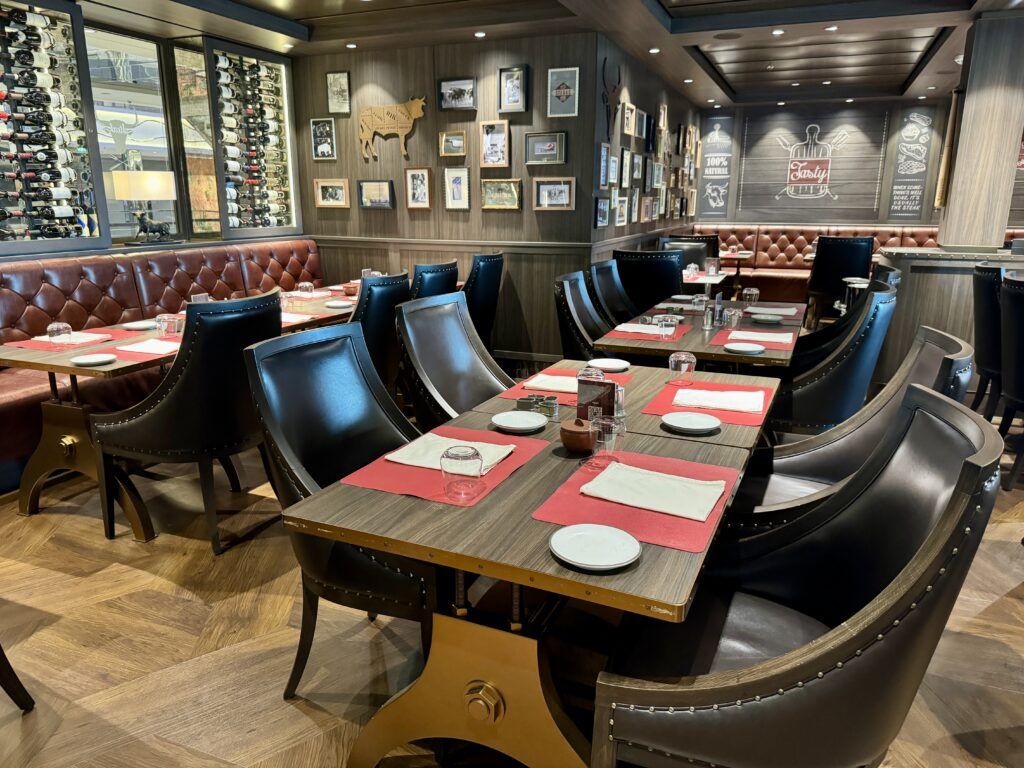
10. More ports limiting cruise ships
Another one of the disappointing changes to cruising is the growing number of ports that are limiting cruise ships. A few years ago, Bar Harbor, Maine voted to limit cruise visitors to 1,000 per day. In 2023, several major cruise companies agreed to a daily five-ship limit in Juneau, Alaska. A passenger count limit has also been agreed upon for Juneau, set to go into effect in 2026. In 2021, Venice, Italy banned large cruise ships from porting in its city center. They now dock at the nearby industrial port of Marghera instead.
There are multiple reasons that cities make the decision to limit cruise ships and cruise passengers. These can include environmental and infrastructure concerns, as well as overcrowding issues. However, there is a balance. Even if the decision to limit cruise in a particular destination is better overall, some people are negatively affected.
For one, businesses in those ports will see a reduction in traffic, and therefore revenue. Cruise passengers might have fewer itineraries to choose from. A more favorable itinerary might have to be switched to a less desirable route. In the case of places like Venice, it also means that guests have to get on and off the ship at an industrial port instead of the previous port in the heart of the city. This is a less picturesque option, and creates more of a hassle to get out and explore.

Comments
Do you have any other disappointing changes to cruising to mention? Which of these changes impact you the most? Drop us an anchor below to share your thoughts on how the cruise industry has changed in the recent years.


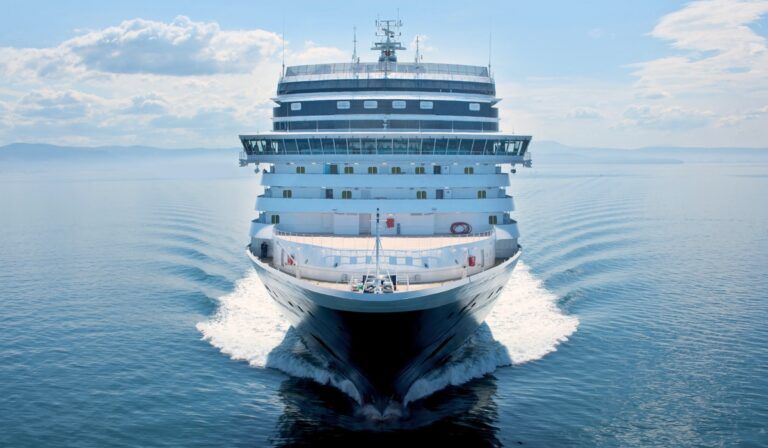

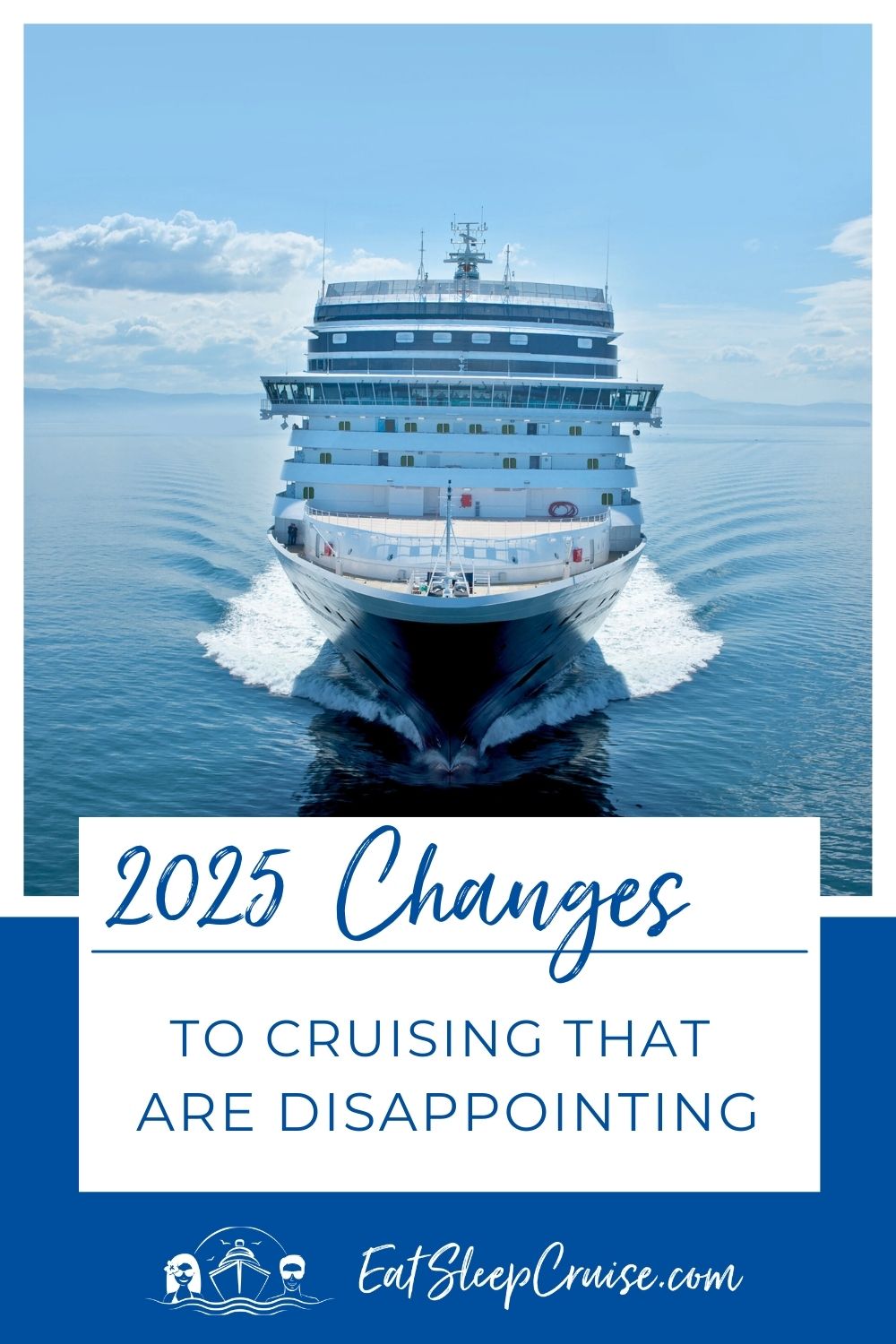
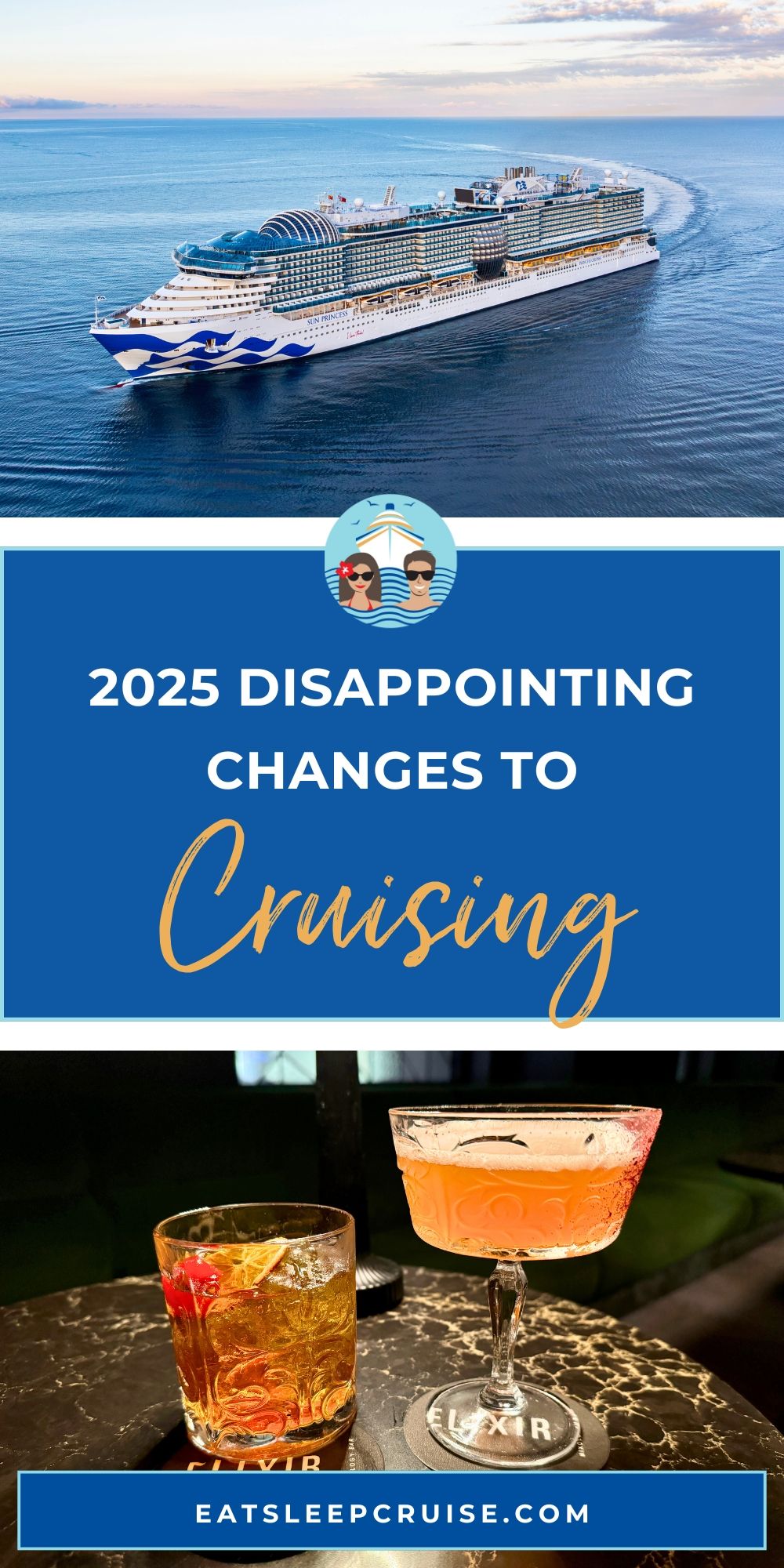


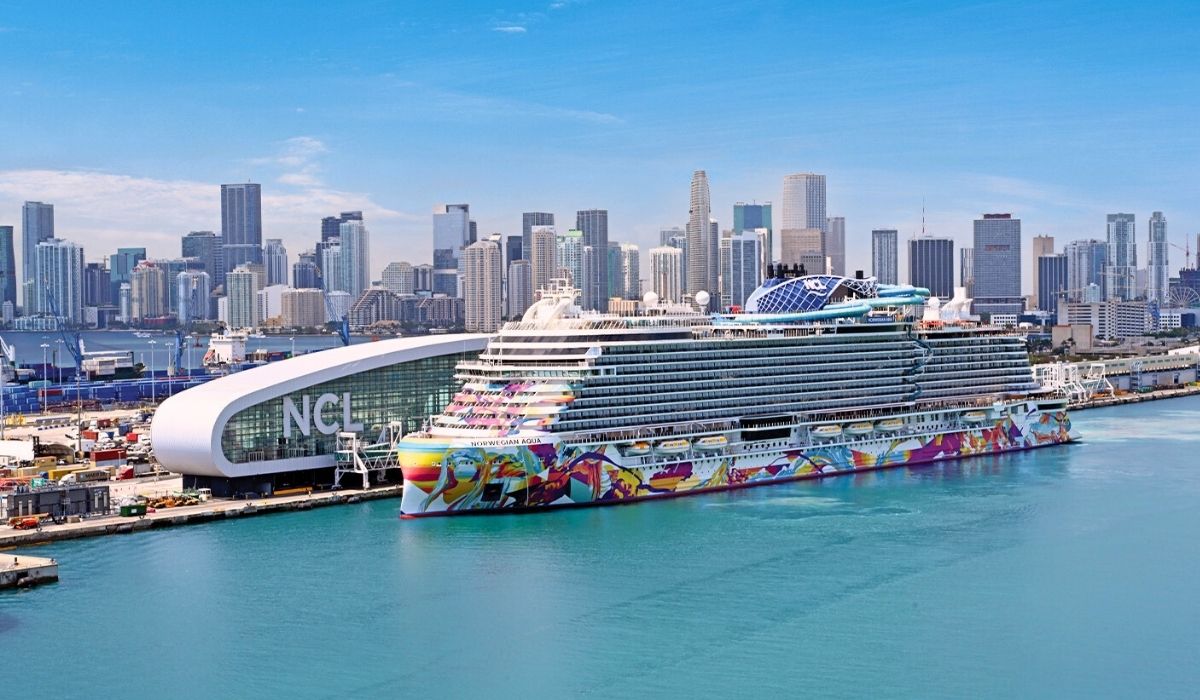
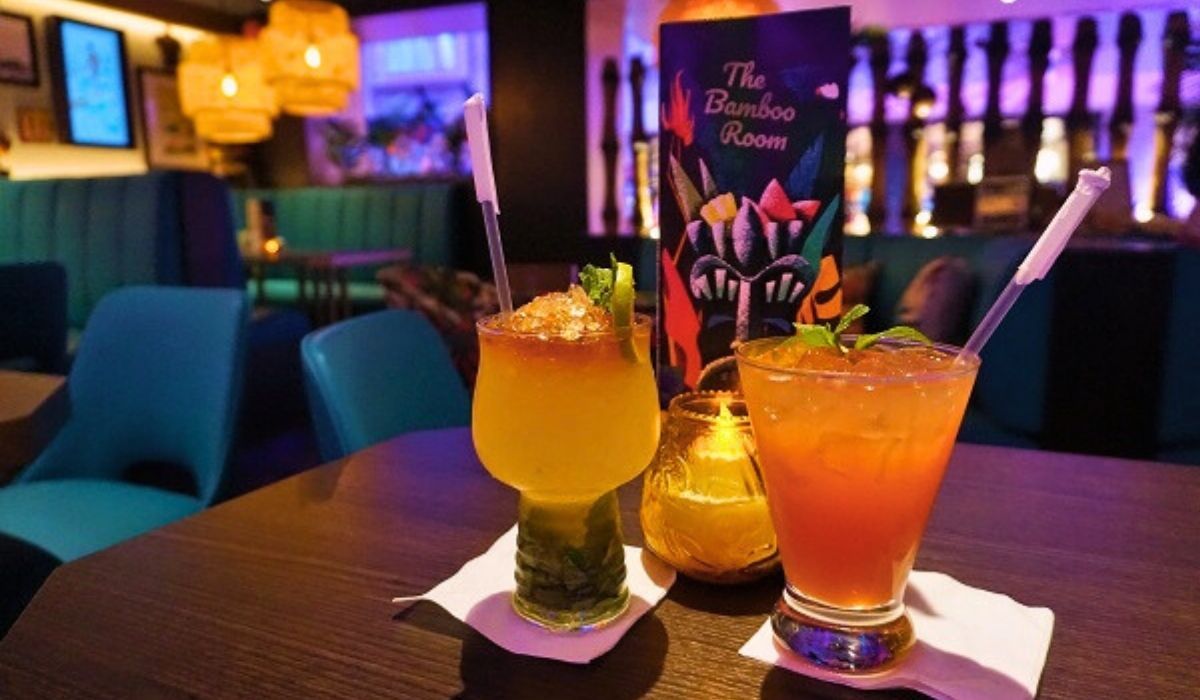
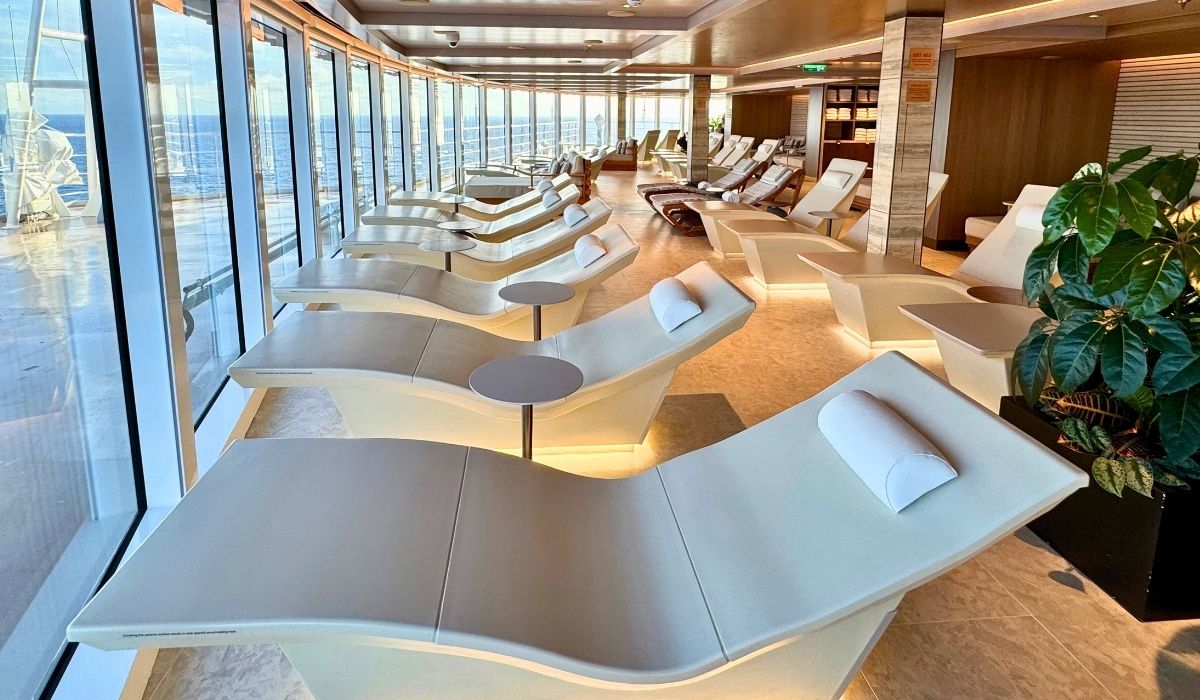
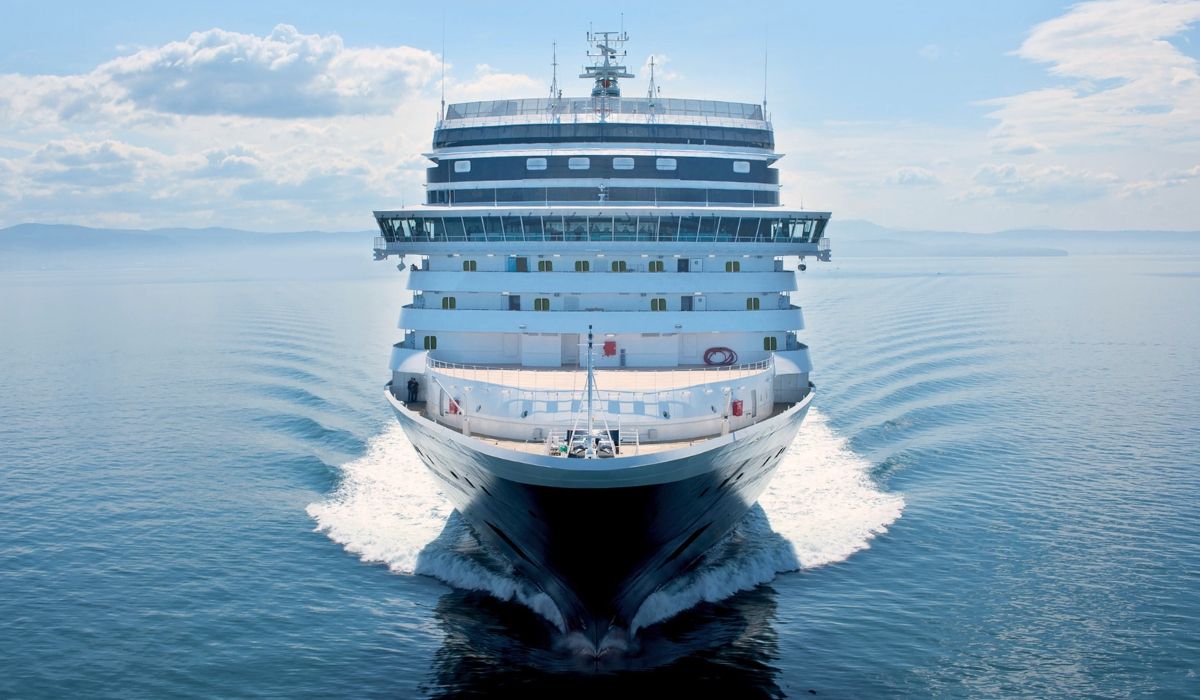
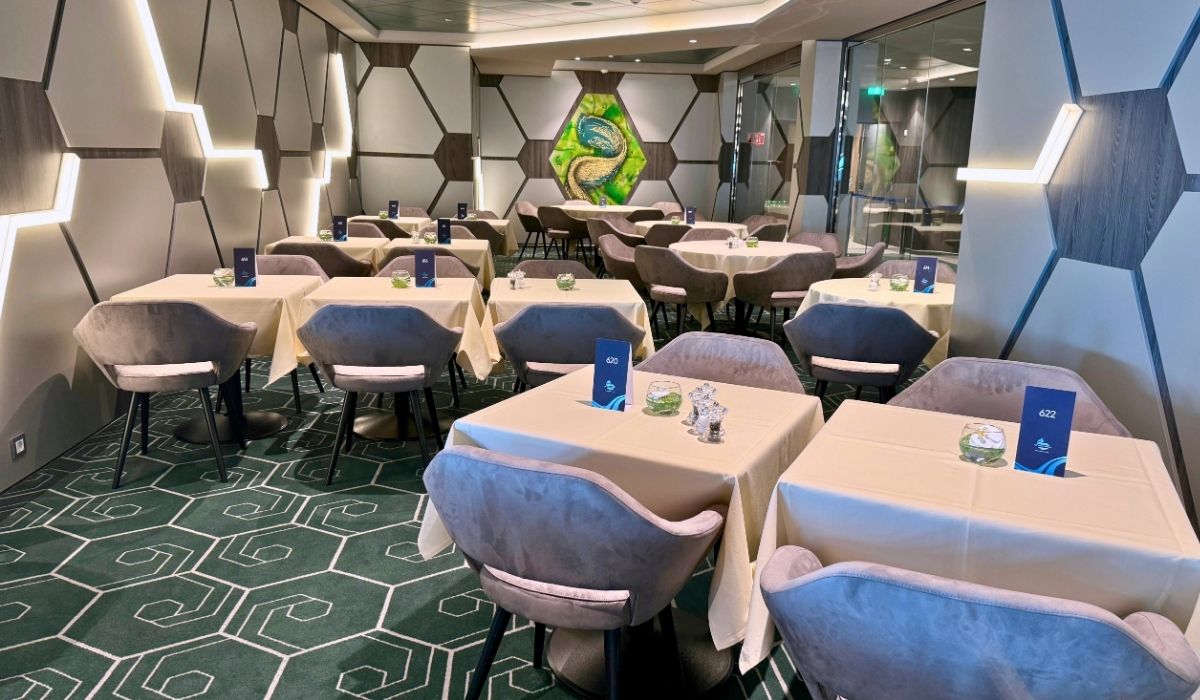

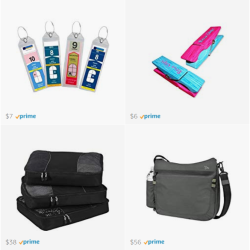
2 comments
Trisha
I have done with cruises for now. Have been on 6 over last few years, the first two, just before Covid. The thing that puts me off more and more – not the food, not the destinations or service, but sadly the passengers.
Since Covid I feel everyone wants to enjoy themselves big time, as life is short, but often at the expense of other people. I have only cruised on UK ships, on fly/cruise holidays as prefer the open dining, could not deal with meal sittings and so on. But honestly, the all inclusive alcohol packages now available, make some people just treat them like a floating bar and behaviour can be awful. Also the poor staff, mostly foreign and so lovely and polite, do not feel as if they can reinforce the dress code. So, nicely dressed up for the evening meal or a dress up night, as on Marella cruises and the man sitting at table next to you is bare chested and in shorts and flip flops. This is, I am so embarressed ot say, the downside of some British blokeish behaviour. I also hate people pushing infront of you when you are waiting for a lift, shouting loudly at mealtimes and just generally not knowing how to behave in company. I a not a snob, I am from an ordinary background, but was taught that manners are important, you don’t spoil others peoples enjoyment in having your own. I dont know if other cruise lines are different, but do not fancy set meal times, sharing tables etc, so have not looked beyond Marella much. I think it is back to independant travelling and just finding a hotel on our own again plus flights from now on.